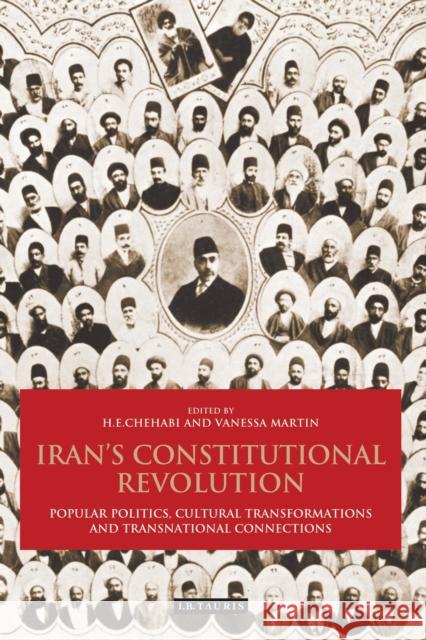Iran's Constitutional Revolution: Popular Politics, Cultural Transformations and Transnational Connections » książka
Iran's Constitutional Revolution: Popular Politics, Cultural Transformations and Transnational Connections
ISBN-13: 9780755649235 / Angielski / Miękka / 2022 / 536 str.
Iran's Constitutional Revolution: Popular Politics, Cultural Transformations and Transnational Connections
ISBN-13: 9780755649235 / Angielski / Miękka / 2022 / 536 str.
(netto: 138,75 VAT: 5%)
Najniższa cena z 30 dni: 144,78
ok. 30 dni roboczych
Dostawa w 2026 r.
Darmowa dostawa!
Born out of a fundamental tension between the old-fashioned and inadequate Qajar monarchy of Mozaffar al-Din Sah and Mohammad Ali Shah, and new reformist democratic ideals, the Iranian Constitutional Revolution of 1906 represents a pivotal moment in the formation of modern Iran. The collapse of the state through financial indigence and foreign pressure - which in the end also consumed the new regime - created a vacuum, which became the subject of many different visions. These included the anti-constitutionalist arguments of Fazlollah Nuri; the moderate Shi'i vision of Tabatabai'I; the more gradualist secular approach of bureaucrats such as Sani-e Dowleh and Nasser Al-Molk; the various radical visions of Taqizadeh and Sattar Khan, as well as the Bakhtiaris. What were the reformists' various aims and how much did they accomplish in the years before Reza Shah seized power? How do events in Iran compare with similar uprisings in other parts of the world? And what role does the Constitutional Revolution continue to play in defining Iranian self-identity? This important and authoritative new book explores all the many different facets of the Revolution, drawing on newly available sources as well as cutting edge research from around the globe to present a definitive account.











